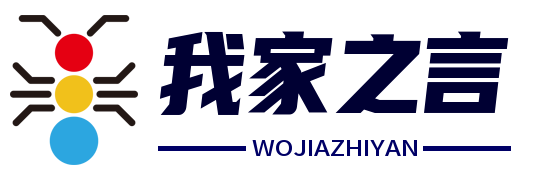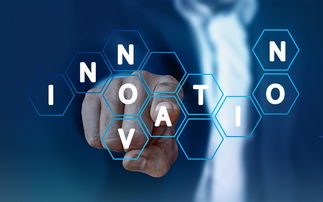In the era of digital innovation, the landscape of our daily lives has been revolutionized by high technology. From the way we communicate to how we work, learn, and entertain ourselves, technology has become an integral part of our existence. This essay delves into the transformative impact of high technology on our daily lives, exploring its benefits, challenges, and the future it promises.
One of the most profound changes brought about by high technology is in the realm of communication. Gone are the days when letters took weeks to reach their destination. Now, with the click of a button, we can send messages across the globe instantaneously. Social media platforms have connected people in ways that were unimaginable a few decades ago, fostering global communities and enabling the sharing of ideas and cultures. Video conferencing has made it possible for us to conduct meetings and maintain personal relationships regardless of geographical barriers.
The impact of high technology is also evident in the workplace. Automation and artificial intelligence have streamlined processes, increasing efficiency and productivity. Remote work has become a reality, thanks to high-speed internet and collaboration tools, allowing employees to work from anywhere in the world. This flexibility has not only improved work-life balance but has also opened up job opportunities for people who might have been previously limited by their location.
Education has also been transformed by high technology. Online learning platforms have made education accessible to anyone with an internet connection, breaking down the barriers of cost and location. Interactive learning tools and virtual classrooms have made the learning experience more engaging and personalized. High technology has also facilitated research by providing access to vast databases of information and enabling collaboration among scholars across the globe.
In the healthcare sector, high technology has led to significant advancements. Telemedicine allows patients to consult with doctors remotely, which is particularly beneficial in rural or underserved areas. Medical devices and diagnostic tools have become more sophisticated, leading to earlier and more accurate diagnoses. Genomic sequencing and personalized medicine are revolutionizing the way we treat diseases, promising more effective and tailored treatments.
However, the integration of high technology into our lives is not without its challenges. Privacy concerns have risen with the increased collection and analysis of personal data. The digital divide remains a pressing issue, with many people lacking access to the internet and the devices necessary to participate in the digital world. There is also the risk of over-reliance on technology, which can lead to a decrease in interpersonal skills and a sense of disconnection from the physical world.
Despite these challenges, the future of high technology in our daily lives is promising. The Internet of Things (IoT) is set to connect everyday objects, making our homes and cities smarter and more efficient. Augmented reality and virtual reality are poised to change the way we interact with digital content, blurring the lines between the virtual and the real. Quantum computing has the potential to solve complex problems that are currently beyond our reach, opening up new possibilities in fields such as cryptography, materials science, and drug discovery.
In conclusion, high technology has undeniably transformed our daily lives, offering numerous benefits and opportunities. While it presents challenges that must be addressed, the potential for further advancements is immense. As we continue to embrace and develop high technology, it is crucial to do so responsibly, ensuring that it serves to enhance our lives while safeguarding our privacy and promoting inclusivity. The future is bright, and high technology will undoubtedly play a central role in shaping it.









